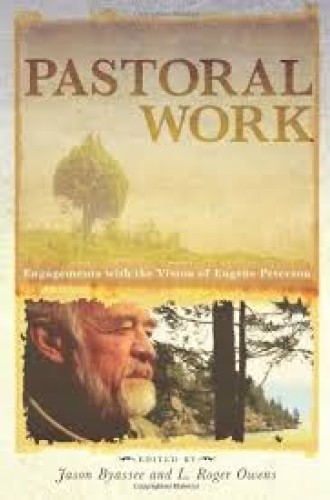The pastor and other sinners
On a recent visit with Eugene Peterson, I asked him, “What was the turning point? When did you realize that you were called to pastoral life rather than a life in the academy?”
The question was prompted by my realization of just how well suited he was for the academy in his formative years. Graduate school had revealed a passion and an exceptional aptitude for biblical languages. Upon graduation from the Biblical Seminary in New York (now New York Theological Seminary), he entered the Ph.D. program at Johns Hopkins to study Semitic languages with William F. Albright. When Albright retired only two years into Peterson’s course work, he recommended Peterson to his colleague Brevard Childs at Yale for a Ph.D. in Old Testament. After meeting with Peterson, Childs accepted him into the program and awarded him a generous stipend. Peterson was thriving in the academy and on track to become an accomplished biblical scholar.
So what turned the tide? In preparation for his work at Yale, Peterson took a position as associate professor at New York Theological Seminary. In addition, he became a part-time associate pastor at a Presbyterian church in suburban White Plains. He admired the senior pastor and the way he led his congregation. But that was not the tipping point.





